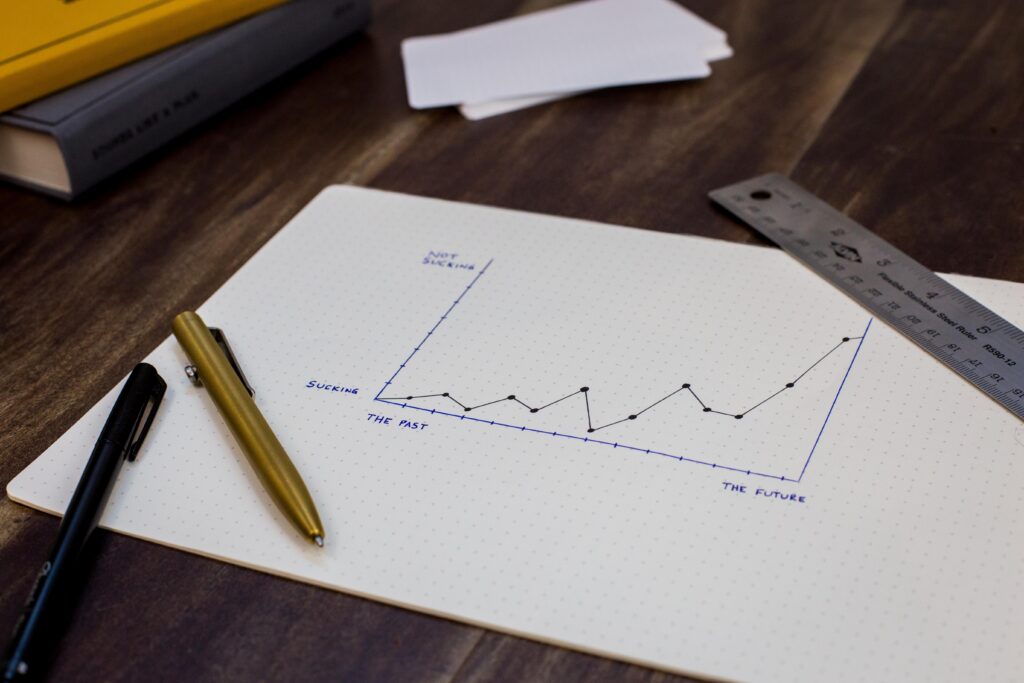The use of animations, graphs, and charts during litigation is no longer breaking news. Attorneys use it to give evidence before the court demonstratively.
The court system has since seen all sorts of charts and graphs of varying sizes. Kelleher (2014), in his article, Beautiful Graphs of Large Data Sets for Litigation, expound on the use of numbers and interpretation of numbers through the use of graphs. He stated that “presenting numerical data in court often requires a good graph of the numbers to show changes and trends in the numbers.” This is also done using charts.
Charts and graphs are used in both civil law and criminal law cases. Baskin (1989), in her article, Charts, Graphs, and Mini Summations, explained that an expert in a complex criminal case may make use of charts to “explain the countless illegal acts that were part of the nefarious scheme, even though he may have no personal knowledge of none of them.” She further explained that in a complex criminal case, charts and graphs can help the plaintiff’s expert describe “the conduct of numerous defendants and how it is combined to cause the plaintiff’s terrible injuries or damages.”

Different sets of people use Maps and graphs in a court case. In an article by James Publishing titled, Using Charts, Diagrams, Graphs & Maps in the Courtroom, it was explained that “a surveyor may use a map to demonstrate where boundaries begin and end as an aid to expert testimony. A layperson may use or draw a map to describe an incident. A physician might use a diagram or model to explain medical testimony.” Charts and graphs have been used in several cases, such as United States v. Groysman and United States v. Moore
As much as graphs and charts are effective, they are not as effective as animations. Trial animations have set a record for many criminal and civil law cases. They are also effective in alternative dispute resolution. Trial animations have been used in many cases, which turned out successful. The primary factor that led to this success most times is the persuasiveness of the trial animation on the jury. Trial animations have been known to be a significant determining factor in court cases which has caused some scholars to paint them as prejudicial. It gives an advantage that some may term an ‘unfair advantage.’ That is how effective it is.
In an article titled 3 Ways Forensic Animation Can Win Your Case, the animation is described as the go-to solution in a situation where hard evidence such as video, photographs, and recordings are not available. More often than not, solid evidence ultimately depicting a crime would not be available. The perfect solution is trial animations. According to the article, trial animations allow the audience to visualize the evidence, simplify complex evidence and help the jury’s memory.
Graphs and charts are good. However, when determining delicate matters, it is better not to risk the success of your case. When they have been appropriately done, trial animations have caused the court to comprehend matters easily. Most of the jury members approach a case with an expectation of visual evidence like trial animations. This is a result of most of the investigative movies that have emphasized this method of adducing evidence. With the expectation of the jury, you can detect the method you have to take to communicate the facts of the case to them properly.
Smith (2011), in his article, Why Trial Attorneys Need to Know Computer “Animation” vs. “Simulation” for Evidence, talked about how an eyewitness is allowed by the court of law to draw on butcher paper. This is the use of charts as demonstrative evidence before the court. However, he further explained that “a well-done computer animation has the potential to affect and impress a jury more than drawing on butcher paper….”
Therefore, in a bid to choose the best option of adducing evidence through the use of trial animation, it is best to ensure that it is expertly done.






